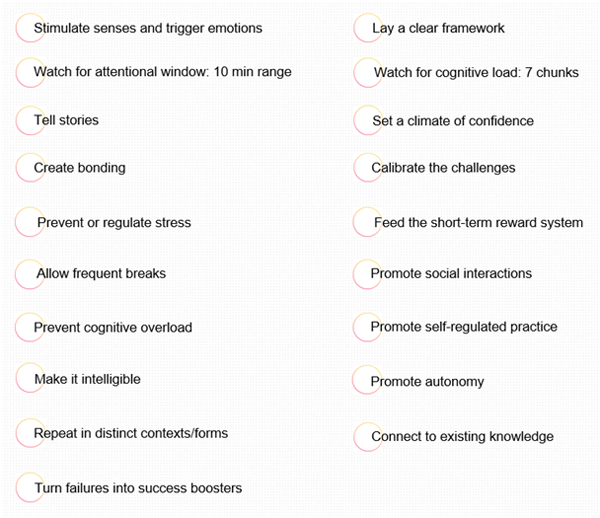A New Approach for Work and Life Fulfillment
 Paris (F), January 2018 - (By Riadh Lebib, Research and Development Manager at SBT Human(s) Matter) As an expert in Neuropsychology (Ph.D.) and CBT (graduated), he is interested in rational and irrational human behaviors to study their impact on decision making, in calm or stressful situations. Understanding the neural underpinnings and cerebral mechanisms that underlie these cognitive operations is central to his work to provide innovative solutions for professionals (training, assessment, consulting), based on information processing, emotional valence, and reasoning processes occurring within the brain.
Paris (F), January 2018 - (By Riadh Lebib, Research and Development Manager at SBT Human(s) Matter) As an expert in Neuropsychology (Ph.D.) and CBT (graduated), he is interested in rational and irrational human behaviors to study their impact on decision making, in calm or stressful situations. Understanding the neural underpinnings and cerebral mechanisms that underlie these cognitive operations is central to his work to provide innovative solutions for professionals (training, assessment, consulting), based on information processing, emotional valence, and reasoning processes occurring within the brain.
Putting people at the center is an aberration often heard in business circles and in the field of occupational training. If we do not realize they have never left this position, then the issue probably comes from this misperception.
We may have drifted away from the deep concerns of our task forces, their deep motivations. To speak the truth, businesses never grasped the need to understand how humans – as living beings – perceive, process, and handle incoming information that determine their actions and their choices.
Cognitive sciences (CS) are this grouping of scientific fields addressing this topic. Thanks to recent advances in neuroscience and artificial intelligence, CS shed a new light on theoretical knowledge in human cognition – the way we feel, think, and act with the information we have. Most importantly, CS offer new insights for operational solutions that could substantially improve training program when combined with educational training.
These solutions, though, would have little impact if they are not ordered and structured around the end-user. Design addresses these issues related on user-centric approaches, and offers clever solutions perfectly fit with professionals’ needs.
To organize these competencies, we need to set up a smart and precise cognitive engineering, addressing main cognitive functions like attention, memory, executive control, or language, to cite but a few. Most importantly, it is crucial to reconsider the central role of emotions in this building process to fix durably acquired knowledge.
Finally, bringing together cognitive sciences, digital technologies, design principles, and cognitive engineering is of little interest if we do not know the inner mechanisms of the working brain. In an ever growing volatile, uncertain, complex, and ambiguous environment, it is essential to understand how our brain optimally comprehend incoming information, and acts on the environment in return. Neuro-ergonomics address these questions. This approach sheds light on the best layout for the offered solutions to meet the challenges of transferability and sustainability of acquired knowledge, which is a central challenge for training programs.
Cognitive Design is this conceptual and operational method that tackle comprehensively this issue.
Operational solutions mean building up adaptive tools to reach a given target. Here after we introduce two checklists on which our cognitive engineering approach rely upon. These neuro-checklists are backed by "mandatory" mental operations occurring in the brain during information processing, information encoding, and long-term storage: the usual steps of knowledge acquisition.
Attentional, memory, and motivational neuro-checklist

We use this neuro-cognitive structure as the backbone our client training programs. Combined with well-structure educational engineering, this neuro-checklist empowers participants during the training sessions and promotes sustainable acquisition of knowledge, as well as its transfer in occupational settings.
Generali or EDF are examples of customers who have benefited from this approach.









